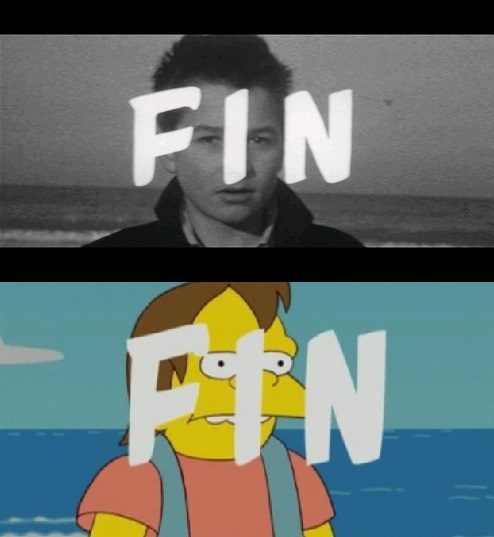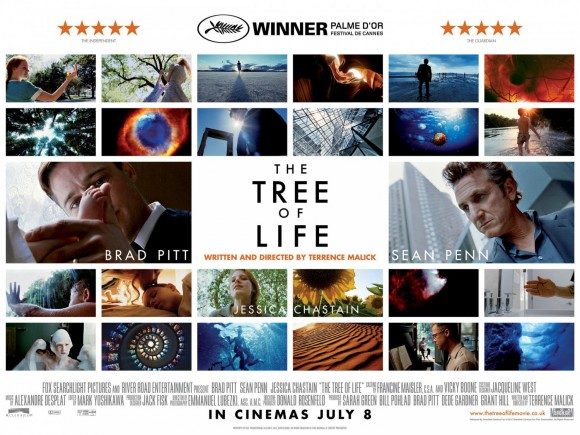Francois Truffaut’s 1959 French New Wave coming of age story The 400 Blows often ranks among the greatest films of all time. It’s a drama about supposedly “troubled” French youth Antoine Doinel (Jean-Pierre Léaud) who is ignored and misunderstood at home and school until he is placed in a juvenile detention center. After running away, he ends up facing an ultimately ambiguous future in one of cinema’s most iconic closing shots. During the following half-century, the coming of age story generally became less about the harsh realities of youth and more about precocious twerps having more exciting lives than pretty much any child or adult who ever existed.
With children being a lucrative box office market, it’s understandable that the majority of these films – especially from the 1980s onwards – were more directed toward a younger audience. Movies such as The Goonies, The Monster Squad, and The Sandlot were easily kid-centric and thus were based around a form of wish fulfillment. The kids went on grand adventures, spoke overly smart dialogue for their ages, and always got a chance to get one over on the bullies. Even the ones for more adult audiences, like Stand By Me, shared a nostalgic sense of over-romanticism and a desire to present a childhood as the writer wanted it to have been rather than how it actually was.
This form of idealization isn’t necessarily a bad thing, and the examples above more than prove you can still make a good movie with that as your base, but for all the imagination it invites, head-in-the-clouds idealism can also be very limiting. The characters’ struggles, and how they overcome them, are relatively basic, which leads to movies with very narrow emotional ranges. This lack of complexity often relies on viewers to catch the movie at a certain (younger) age in their life lest its power be lost to them. A master of the genre like Steven Spielberg has proven it’s possible to toe the line between adult and child audiences quite well, but his youth-targeted films have always honored their PG rating.
Yet the modern rash of coming of age films has pulled back from this tradition by being more for adults than for children. Perennial favorite Wes Anderson came out with Moonrise Kingdom, a 1960s love story between two pre-adolescents, in 2012. The genuinely earnest quality of the lead characters played by Jared Gilman and Kara Hayward enabled the young actors (and their characters) to easily stand alongside their respected adult co-stars Bruce Willis, Bill Murray, Edward Norton, Tilda Swinton, and Frances McDormand. Similarly, 2013’s Kings of Summer had a “fable vibe to it”, but still earned praise for its emotional authenticity. The Way Way Back drew similar accolades later the same year. However, two recent films have risen above the rest when it comes to repositioning the pre-adolescent coming of age story into one of honesty and critical acclaim – Richard Linklater’s Boyhood (2014) and Terrence Malick’s The Tree of Life (2011).
With a 99% approval rating on Rotten Tomatoes, Boyhood is easily one of the most acclaimed films of the year, if not of the decade. Admittedly, I appreciate Boyhood more than I genuinely enjoyed it insofar as I respected the effort and the achievement more than I would rank the movie among my favorites, even of this year’s assortment. I admire what Richard Linklater pulled off in creating the movie by shooting each age’s “segment” annually for over a decade. It’s easily one of the most ambitious projects I can think of in recent memory. It was fascinating watching not just main character Mason (Ellar Coltrane) grow, but also actors like Ethan Hawke (as the father) and Patricia Arquette (as the mother).
The Texas-set Boyhood is a “slice of life” movie in the truest, most realistic sense of the term. Each year is a collection of loosely connected segments, and no moment is treated with any more gravity than any other. Events that could turn into tragedy in the framework of a more conventional film play out as they would in real life – without any incident whatsoever. People who are important during one year are never seen or mentioned again. Friends don’t last a lifetime. Advice is given but not necessarily adopted (sometimes with good reason). And people just are. This is a movie that strove for realism to an extent few films would dream of attempting, and pulled it off. Life isn’t always interesting, but it goes on regardless. People aren’t always fascinating, but they don’t stop existing.
On the other side of the token is Terrence Malick’s The Tree of Life from 2011. Following the early lives of two boys (Hunter McCracken and Laramie Eppler as Jack and R.L. O’Brien) growing up in 1950’s Texas (following a sojourn into dinosaur time), Malick’s film uses a free-flowing camera to transition seamlessly from moment to moment. Like in Boyhood, no particular instance (whether watching a parent play piano or learning about a friend’s death) is given any more respect or importance than any other.
However, while Boyhood strives for realism, The Tree of Life produces a far more visceral experience that simultaneously captures the feeling of being in a moment and looking back on it. There’s a haziness to the film that perfectly replicates the dreamlike sense of fading memories. Its occasional, quasi-hallucinatory sequences further enhance this feeling in the way that recollections cannot have occurred precisely as we remember them. In one of its most admirable qualities, the movie switches the younger O’Briens’ primary point of focus from the mother (Jessica Chastain) when they are toddlers to the father (Brad Pitt, in one of his best and most human roles) when they reach boyhood so subtly that it’s hard to recognize until you think about the movie afterward. Its ability to replicate and reproduce abstract emotional states in an almost dizzying fashion even puts this above Malick’s other works, including his widely acknowledged masterpiece The Thin Red Line.
Regardless of one’s preference – the strict realism of Linklater or the surrealism of Malick or something somewhere in between – the coming of age story seems to have returned to its more serious, Truffautian roots. While the Summer of Change can certainly be fun cinematically, this alternative provides a greater understanding of how youths respond to problems (abandoning the After School Special format) and how filmmakers and audiences relate to their pre-adolescent subjects. Despite their differing styles, Boyhood and The Tree of Life recognize that real lives are generally not based around a single life-changing event. It’s a series of little moments that form one’s personality in ways we can never pinpoint or fully appreciate. And most importantly, whether its new college freshman Mason watching the sunset or the O’Briens moving away from their childhood home, the films thoughtfully posit that there are no pat answers or conclusions – just the end of one chapter and onto the rest of life.



